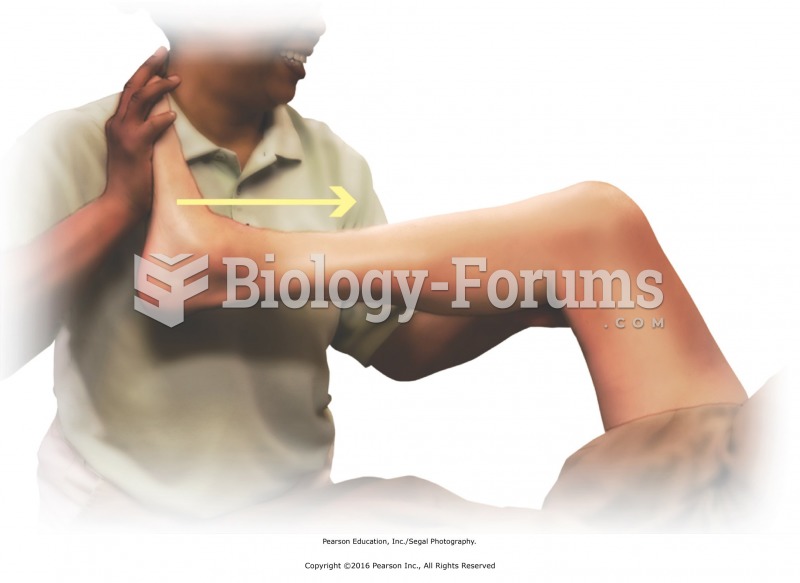Which of the following does not apply to developments in the North Pacific toward the end of the eighteenth century?
A) Commercial and imperial expansion in the North Pacific by both Americans and Europeans
B) European-borne diseases inflicted massive mortality on such indigenous peoples as the Inuits, Aleuts, Northwest Coast and California Indians, and Native Hawaiians.
C) Russian traders and Spanish missionaries embarked on a new era of peace and cooperation with the Native Americans of the region, in an effort to build new alliances against the United States.
D) The chief of the island of Hawaii conquered the entire Hawaiian archipelago and proclaim himself its king in large measure because British officials provided him with arms.
E) Native peoples throughout the region altered their work patterns to produce skins and incorporated objects of metal, cloth, and other new materials into their daily lives and religious ceremonies.
Question 2
Which of the following correctly describes the situation of Native Americans in the 1770s and 1780s?
A) As a result of the Treaty of Paris, they expected that their traditional rights would be protected and that their territorial claims would be dealt with justly by the United States.
B) They remained stubbornly rooted in their traditional ways, resisting participation in a larger world dominated by Europeans or white Americans.
C) Only the Oneidas and Tuscaroras, influenced by Congregationalist missionary Samuel Kirkland, sided with the British during the Revolution.
D) They fled their native landsfirst the English colonies and then the United Statesfor the more hospitable political and social environment to be found in Spanish territory.
E) They continued to incorporate the most useful aspects of European culture into their own, combining elements of the old and new.
 This 1900 photograph of steel factories at night in Duquesne, near Pittsburgh, was tinted by hand. S
This 1900 photograph of steel factories at night in Duquesne, near Pittsburgh, was tinted by hand. S
 This girl ran four spinning machines in a cotton mill in Whitnel, North Carolina. Only 4 feet, 3 inc
This girl ran four spinning machines in a cotton mill in Whitnel, North Carolina. Only 4 feet, 3 inc





